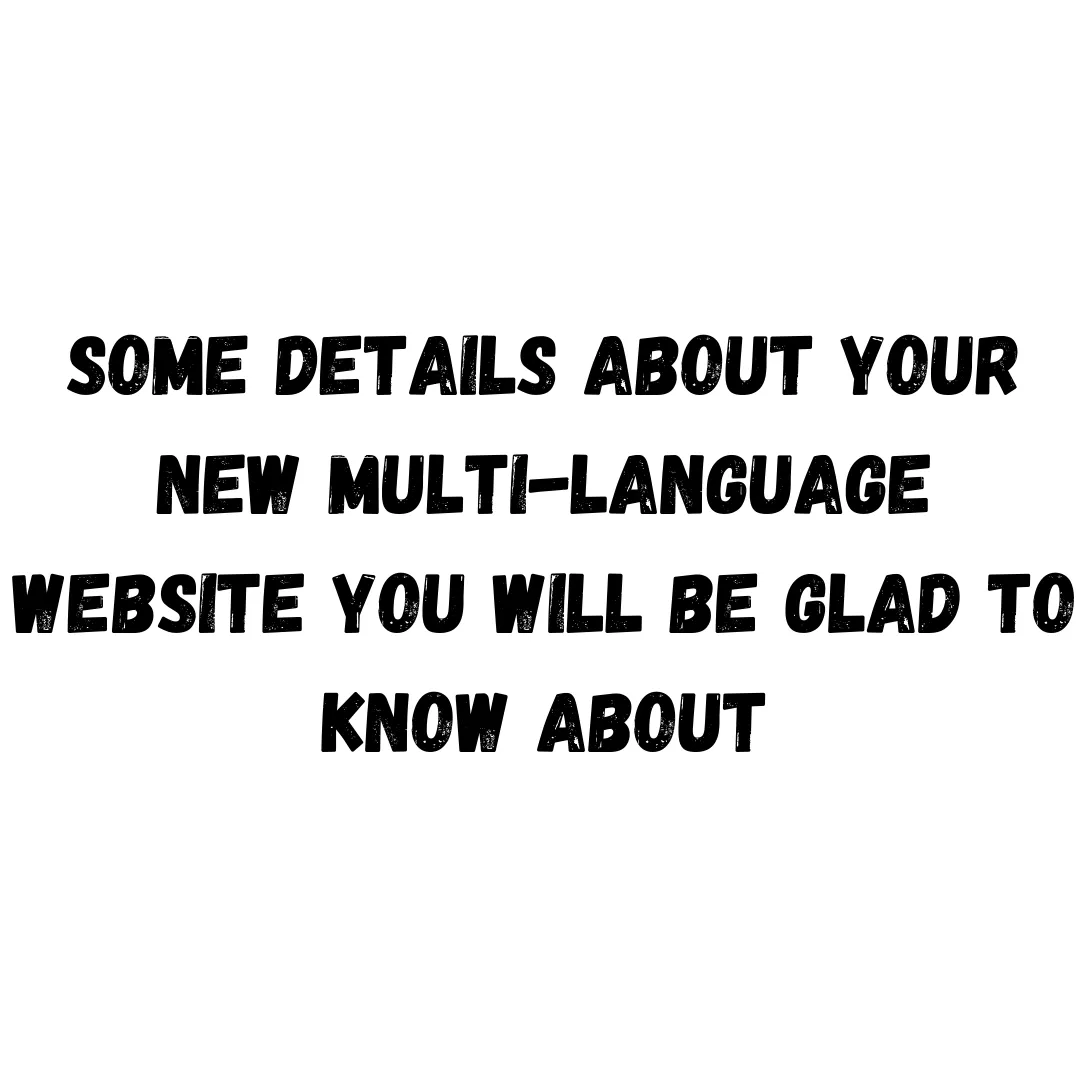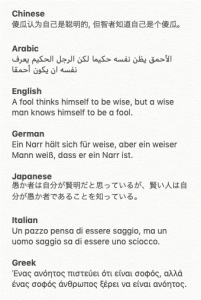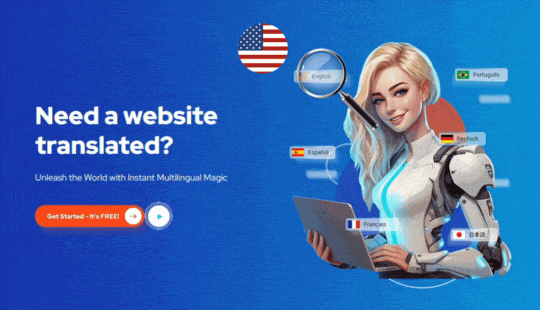
Comparing the way we used to communicate our ideas and updates to our customers decades ago and how do it nowadays, it is obvious we have found efficient ways to acquire customers, keep them happy and aware of our latest news. Everyday, the use of blogs websites and social media channels is not only more common but also absolutely helpful when you think of the global outreach your business would have with them.
The evolution of technology has changed the way we start a business and promote our products or services. At first, finding ways to become a successful global business was a matter of time, credibility and those who became regular customers played an essential role to let others know you, as soon as technology became an useful communication tool, businesses were able to reach a wider market, wider audience and eventually a whole new world.
With this new market, new challenges will come and as you have probably read in our articles when it comes to communicating your updates, a website is one of the most common ways used worldwide, this means that your company will be visible beyond borders.

Good research strategies lead to better marketing strategies and eventually to more sales. When we talk about finally going global, there are several things we need to keep in mind:
- New country
- New culture
- New language
- New legal aspects
- New customers
Adaptability is the key to success. I will briefly explain why the aspects I mentioned are so important to your website and business.
It is obvious that by a new target market, we mean, a new country, which will bring new challenges to our business. Potential customers with a different culture will react differently to your original marketing material, for cultural reasons, even religious reasons, your business has to adapt the content, the image without losing the essence of the brand.
Make sure you make extensive research related to the legal aspects that would allow you to run the business in this new target market and how to proceed in several hypothetical situations.
A very special and important aspect I would like to talk about is the target language, yes, as part of your marketing strategies, your website needs to be translated into this new language but how to adapt your website’s design? Let me give you some reasons to consider a multilingual website.

First, what is a
multilingual website?
Let’s make it simple or
at least try.
If your business is established in the United States, your website may be in
English, which means, most of your customers may be able to understand what you
publish in it, what happens with those who can’t understand your content? Here
is where a second and third language may be required to expand horizons and
make it easier for your potential customers to engage with your brand.
A Multilingual Website Design
Now that you understand the importance of talking to your audience in their own language, here are some tips to optimize your website:
Consistent branding, whenever your customers land on your website, you want them to navigate it exactly the same way no matter the language they choose, your Japanese customers must be able to see the same as the English version of it. Although users will land in either one or another version of your website, you can make sure they find the buttons and switch from the default language easily.
For example, the ConveyThis website in English and Spanish, both landing pages have exactly the same design and anyone landing in either one of them would know where to go to switch languages.
The Language Switcher
As you could see in the previous example, I mentioned how essential it is for your customers to find the language switcher. Your homepage, header and footer widgets are always used to place this button. When every language option is shown, make sure it is written in the target language, so they will find “Deutsch” instead of “German” or “Español” instead of “Spanish”.
Finding the information in their own language will make your customers feel home once they land on your website, so make sure the switcher is easy to be found and matches the correct language.
Helping your customers find their language on your website isn’t the only detail that matters, it is also important to let them choose their preferred language.
What does it mean?
At times when you visit a website and need to switch the language, they make you change regions, making it a little difficult to just choose the language, some would migrate from their original website to the one with different url just by switching language, this may be a problem for someone speaking Spanish in the United States, since the person won’t necessarily live in a Spanish speaking country at the moment they land on your Spanish version website.
Suggestion: let them choose their preferred language, don’t make them change regions to do so. Consider “remembering” their configuration so they will always see the website in the chosen language automatically.
There is also an autodetecting languages option that would set the native language as the primary one, but this could bring some problems since not everyone located in a specific country would necessarily speak that country’s native language and they may need in fact, a different one. To this option, make sure you keep the language switcher enabled too.
Some people think it would be creative to use “Flags” instead of languages names on your website, maybe as a more cool design, the truth is that before you decide this is what you want to do, you may want to keep in mind the following aspects:
- Flags don’t represent languages.
- A country may have more than one official language.
- A specific language can be spoken in different countries.
- Flags may be confused due to the icon’s size.
Whenever your website is translated into a new target language, the length of each word, phrase or paragraph is simply different form the original language, which may be a little challenging to your layout.
Some languages may use less characters than others to express the same intention, if you think of Japanese in contrast to English or Spanish, you fill find yourself looking for more or less space to your words on your website.
Let’s not forget we have languages with different characters and written from right to left and those in which characters’ width or height would take more space would also be taken into consideration if one of these is in your target language list. This has a lot to do with your font compatibility and encoding.

The W3C recommends using UTF-8 to make sure that special characters are displayed properly no matter the language you use. Your fonts must be compatible with non-English languages and non-Latin-based languages, usually recommended for websites created on the WordPress platform.
I have mentioned RTL and LTR languages, but I haven’t highlighted the importance of mirroring your website design, just the way I wrote about presenting or publishing your content should be the same no matter the language users choose.
As you have probably read in
some of our previous articles, ConveyThis is committed to provide accuracy and
efficiency in websites translations, which means, once you decide to try our
website translator, you don’t only get machine but human translation.
Translating your website is a process that could be easy and quick.
I want to translate my website, how do I make it happen with ConveyThis?
Once you create an account and activate it, your free subscription will allow you to translate your website into other languages, some of the best plans in the market will allow you to add more language options.
Important details
Images, Icons, Graphics: make sure you understand the importance these aspects would have to your new customers, as a whole new market you want to conquer, this new country represents a new challenge, especially when it comes to different values and culture. Your website should never offend your customers, using the appropriate content will help you be noticed and accepted by your target market.
Colors: you may wonder why would colors affect your brand in a foreign country, the truth is that one of the cultural aspects we got to consider on our marketing campaigns and website designs is colors.
Depending on your target market, a color like red may be interpreted as good luck, danger or aggression, blue may be perceived as peaceful, trust, authority, depression and sadness, whatever your decision is, keep in mind the intention and context your message would have in a different country. For more information regarding colors and how they would affect your plan, feel free to click here.
Formats: dates and units of measure properly translated would be the key to help your new customers understand your brand, your product or service.
Website Translation Plugin: each website design may have a better or more recommended plugin when it comes to translations. ConveyThis offers the plugin that would help you translate your website into several languages, click here for more information regarding the WordPress plugin.

